Pisa, a Glorious City
Pisa, a city with a glorious past.
A brief journey through History and Beauty.
(IT)
Situated along the course of the Arno River, Pisa stands out as a city steeped in history with a glorious past as a significant maritime republic over the centuries. The approach from Florence reveals the ancient grandeur of this city, still alive in the hearts and minds of its inhabitants.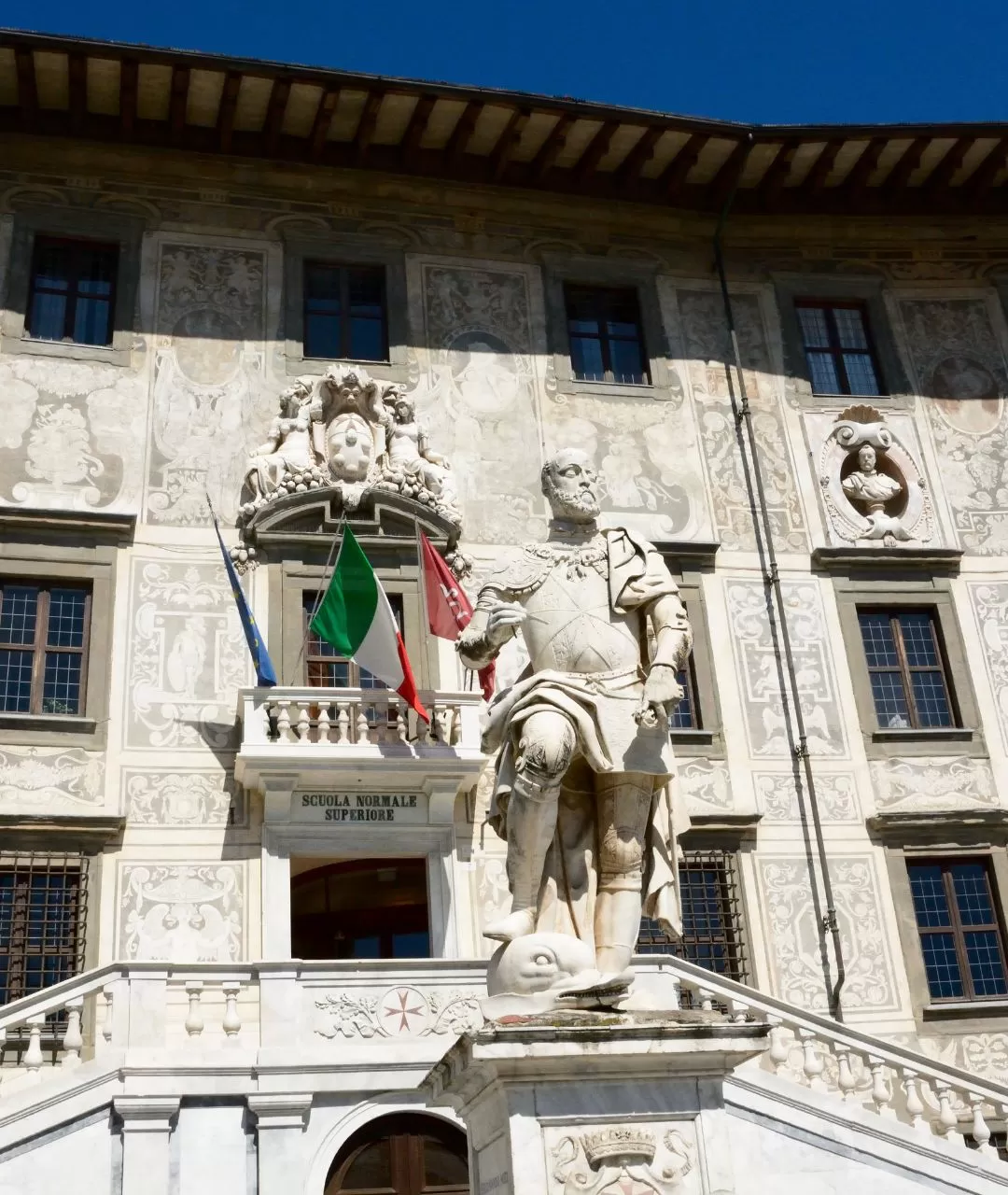 Among the numerous attractions, the University of Pisa stands out, one of Europe's most prestigious academic institutions, located in Piazza dei Cavalieri. This center of learning has played a significant role in the cultural and scientific development of the country over the years. Nearby, stands the Clock Palace (photo 1), whose prisons are the setting for the tragic story of Count Ugolino della Gherardesca, who, to survive, finds himself consuming the flesh of his own children, a tale immortalized by Dante in his 23rd canto of the Inferno: "[…] He raised his mouth from that savage feast, wiping it on the hair of the head he had laid waste behind […]". This legendary narrative has left an indelible mark on Pisa's history.
Among the numerous attractions, the University of Pisa stands out, one of Europe's most prestigious academic institutions, located in Piazza dei Cavalieri. This center of learning has played a significant role in the cultural and scientific development of the country over the years. Nearby, stands the Clock Palace (photo 1), whose prisons are the setting for the tragic story of Count Ugolino della Gherardesca, who, to survive, finds himself consuming the flesh of his own children, a tale immortalized by Dante in his 23rd canto of the Inferno: "[…] He raised his mouth from that savage feast, wiping it on the hair of the head he had laid waste behind […]". This legendary narrative has left an indelible mark on Pisa's history.
The enchanting Piazza dei Miracoli (photo 2), a genuine open-air museum, captures the attention of visitors with its magical atmosphere. The renowned Leaning Tower of Pisa, one of the world's most iconic Italian monuments, dominates the area, creating a unique and evocative atmosphere. However, there is an unusual interpretation of this square. According to sociologist Silvano Bulgari, the Cathedral Square serves as an extraordinary cosmic calendar, where the Baptistery symbolizes birth, the Cathedral life, and the Tower the human desire for elevation. The Old Cemetery (Photo 3) represents decline, thus completing a fascinating narrative of this splendid square.
(IT)
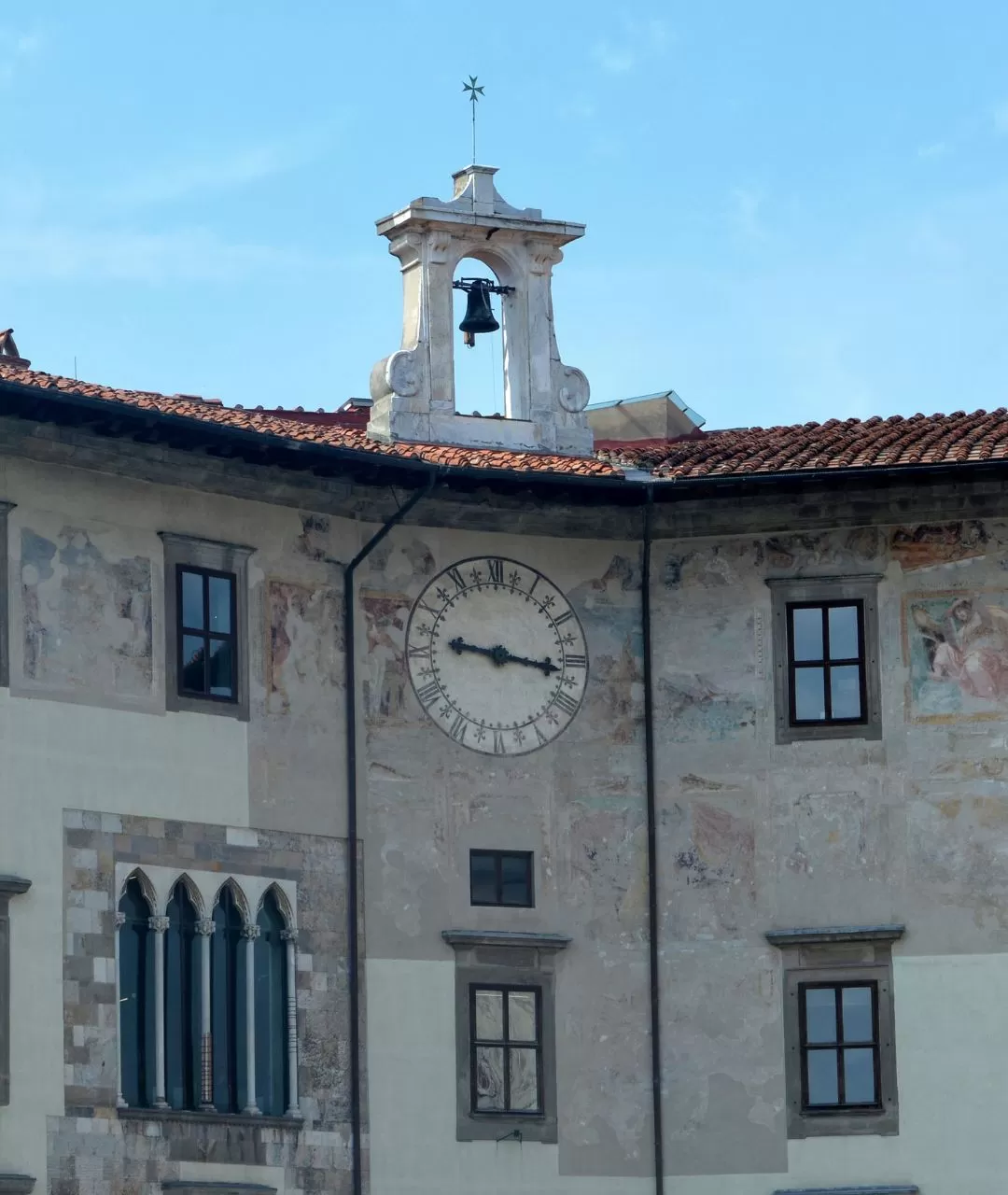
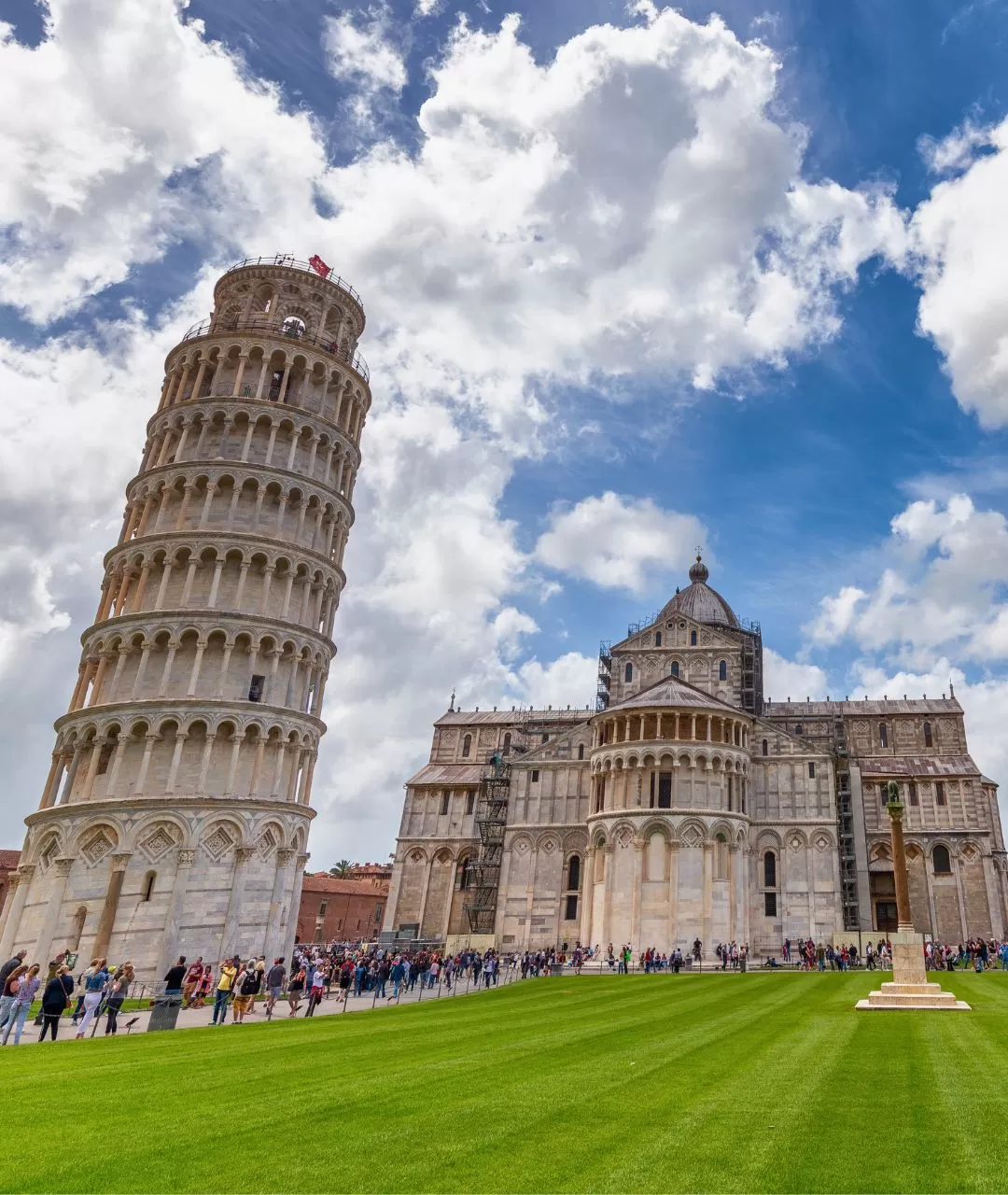
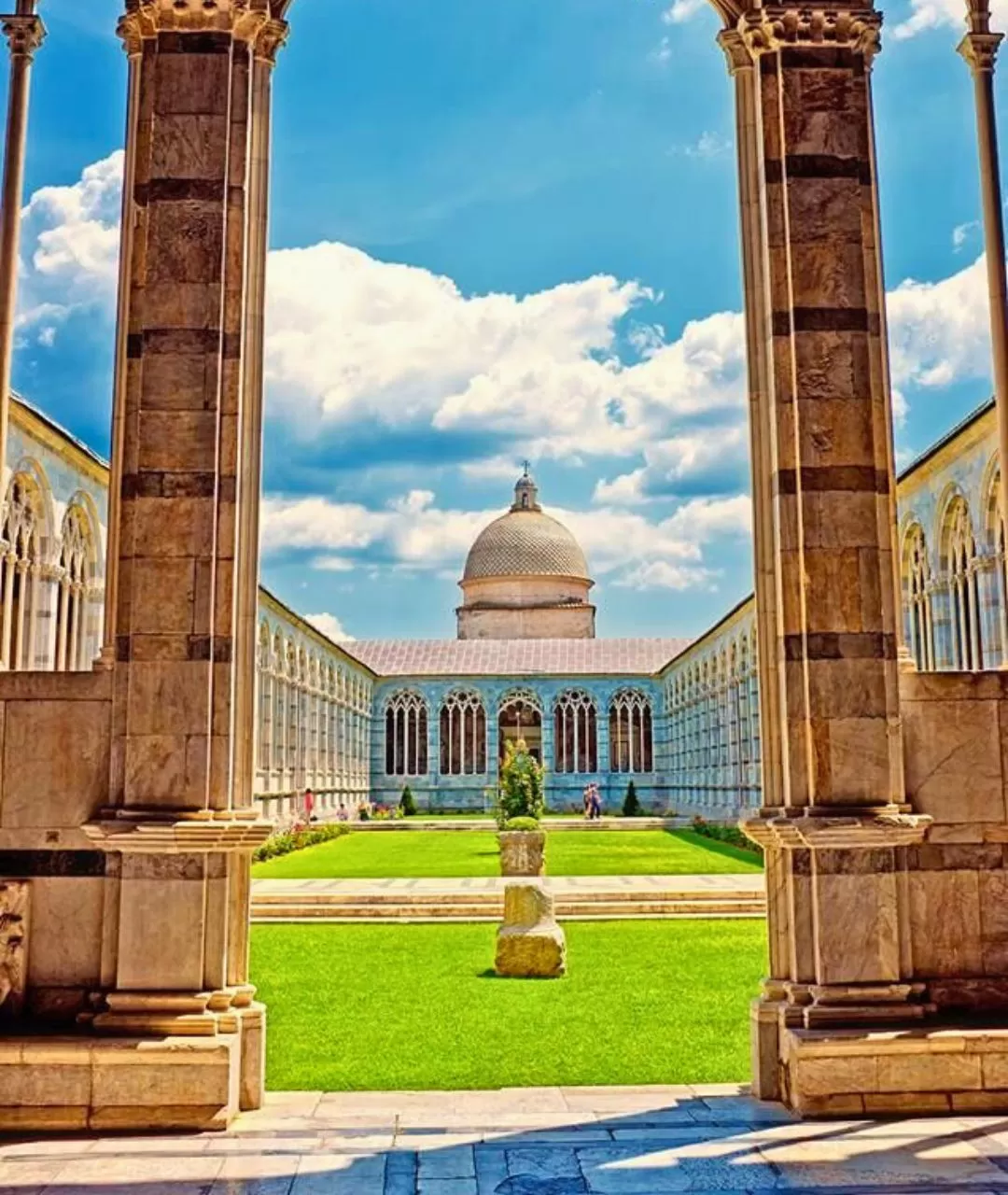
Altri articoli
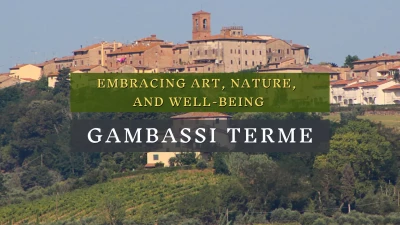
Gambassi Terme
Prominence on Via Francigena.
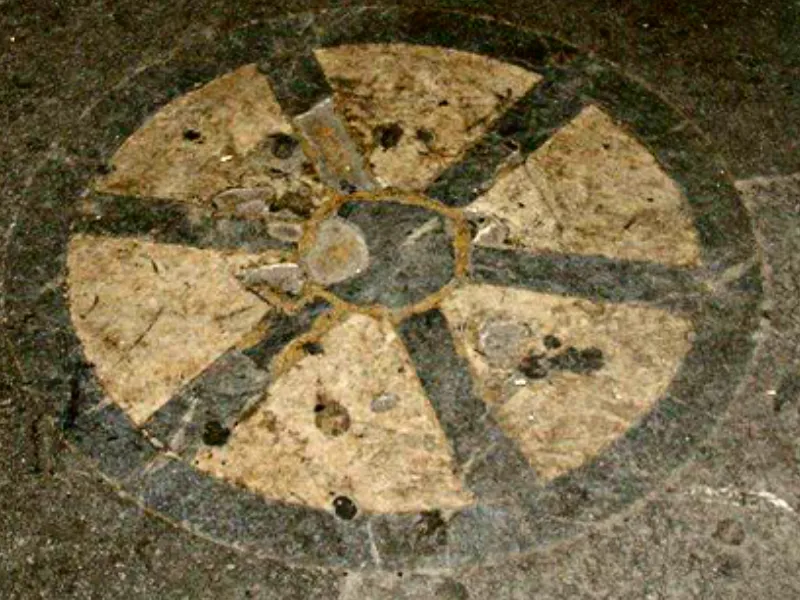
The stone of the outrage
From 1282 priors were representatives of the seven Major guilds: they fighted against the old aristocratic families revenging an active role of trade in Florence.
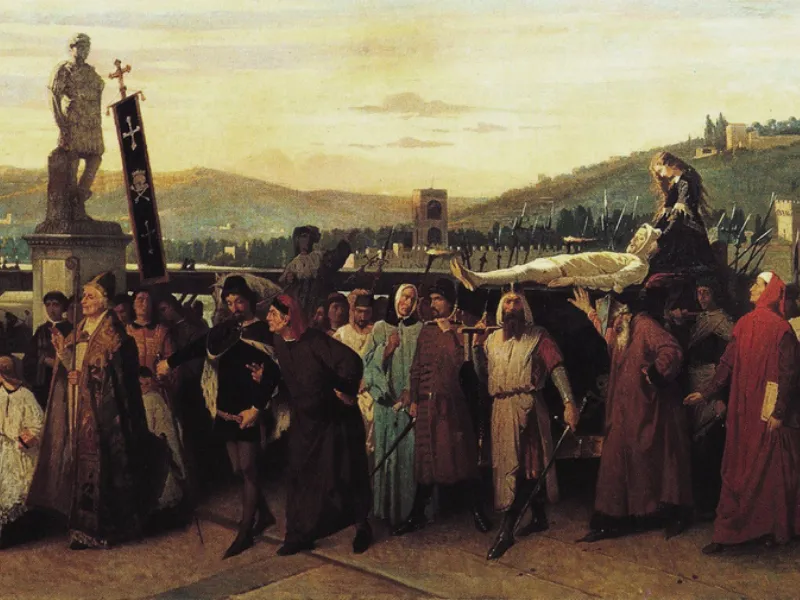
What is done is done
This killing was the beginning of the civil florentine war between the aristocratic families factions of the city: Guelphs against ghibellines.
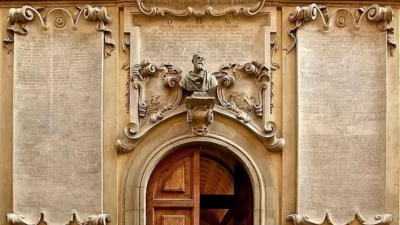
Vincenzo Viviani and his Master Galileo Galilei
On the facade of a florentine palace called "Palazzo dei Cartelloni" ("cartellone" in Italian means "poster") situated near the central station.

